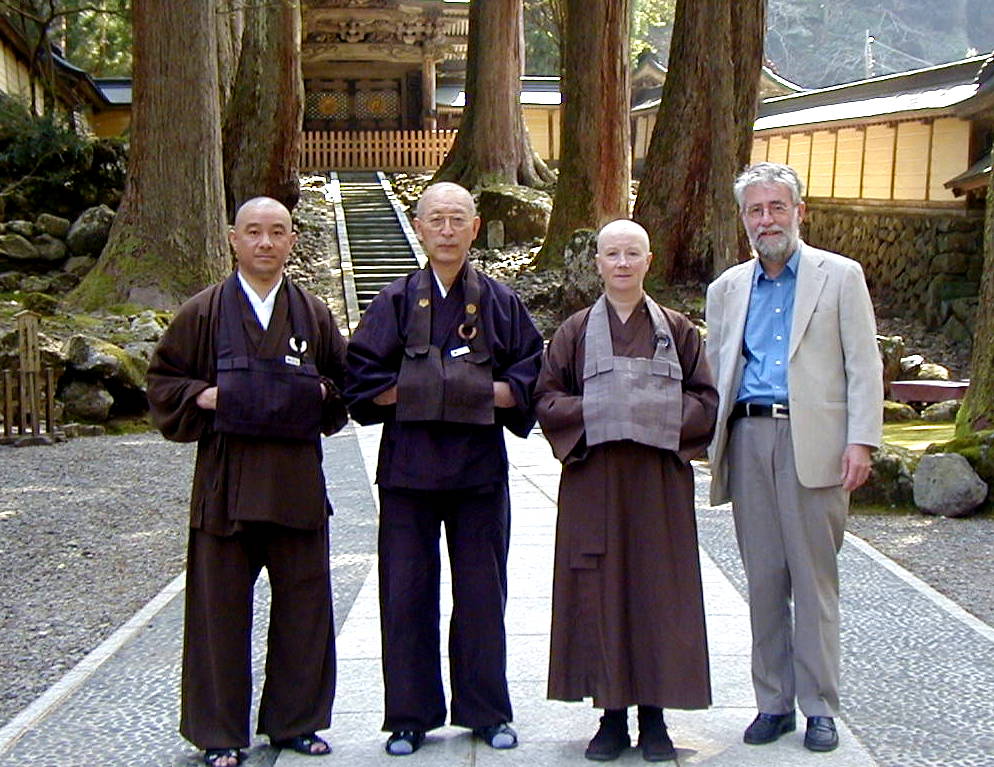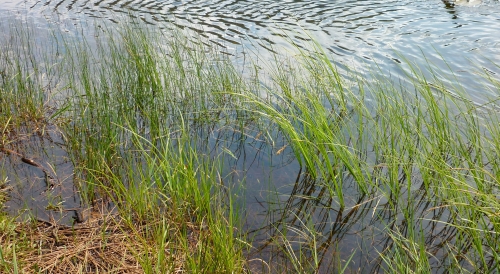
It’s just over fifteen years since I went to East Asia. The months leading up to setting off were so challenging there is no doubt about that. I was prior at Edmonton Buddhist Priory in Alberta Canada at the time and along with the daily life of running the priory, I was going half crazy planning this trip. I needed a map of China! I needed a map of Japan! Simple, fundamental tasks were deeply challenging, for the most part, because I had to face my fears. Constantly. On a practical level, I just wasn’t that easy to get such maps, let alone book hotel rooms. Thankfully I had the, now late, Iain Robinson in Japan with Japanese wife Edera to help us both plan this trip. Without Edera we would have been sunk before we ‘set sail’.
I wrote this piece, A Pilgrimage to East Asia for the Order Journal and the text was published in April 2005 on this blog. Today I found out the post was not rendering correctly so I worked on republishing it this afternoon. I’m so glad to republish it now complete with macrons, Mugō has a macron over the o and now I am able to write Kōhō Zenji correctly. Magic!
With a current discussion about ‘next steps’ and dealing with challenging questions like for example, ‘why am I doing this’? I thought it timely to point to the post A Pilgrimage to East Asia. Here below is an extract.
If you are encouraged and inspired by what you read here, that is good. If you are poised at the brink of a next step, as I am, then raise your foot and the road will appear before you. Be willing to not know where that step will lead.



